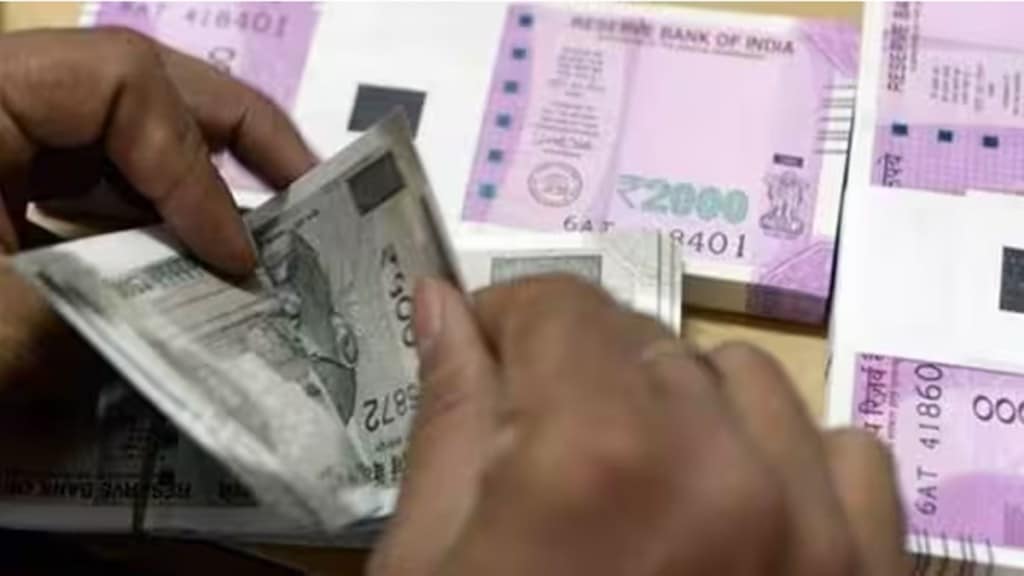The Union Cabinet on Wednesday approved an outlay of Rs 3,760 crore to spur investments in Battery Energy Storage Systems (BESS) via viability gap funding. While the scheme that provides VGF up to 40% of capital cost of the beneficiary projects will run for three years, the budgetary funds sanctioned will be disbursed in five tranches till FY31, information and broadcasting minister Anurag Thakur said.
The scheme will help create of 4,000 megawatt hour (MWh) of BESS, and have a catalytic role in the setting up of renewable energy capacities, for which storage systems are critical.
“Designed to harness the potential of renewable energy sources such as solar and wind power, the scheme aims to provide clean, reliable and affordable electricity to the citizens,” Thakur said.
The funding, which aims to reduce cost of energy storage for companies and consumers, is conditional to the fact that 85% of the BESS capacity will be made available to distribution companies (discoms).
“This will not only enhance the integration of renewable energy into the electricity grid but also minimize wastage while optimizing the utilization of transmission networks,” the power ministry said.
The selection of BESS developers for VGF grants will be done through competitive bidding. The scheme for 4,000 MWh storage capacity is likely to result in an investment of more than Rs 9,400 crore.
The scheme targets achieving a levelized cost of storage (LCoS) ranging Rs 5.50-6.60 per kilowatt hour (kWh), making stored renewable energy a viable option for managing peak power demand across India.
India has increased its renewable energy capacity from 116 giga watt (GW) in March 2018 to 172 GW in March 2023, and plans to increase it to 485 GW by 2030. It plans to hike share of non-fossil in its energy mix from 23% to 40% by 2030.
However, India does not have battery storage capacity leading to wastage of power. As the cost of battery storage is very high, the power ministry has devised the scheme to make it viable to help reduce consumption of fossil fuel.
“Battery-stored power is used during peak hours, including night time. This gap funding will make power from battery storage at least cheaper than the cost of power during peak hours,” said Thakur.
